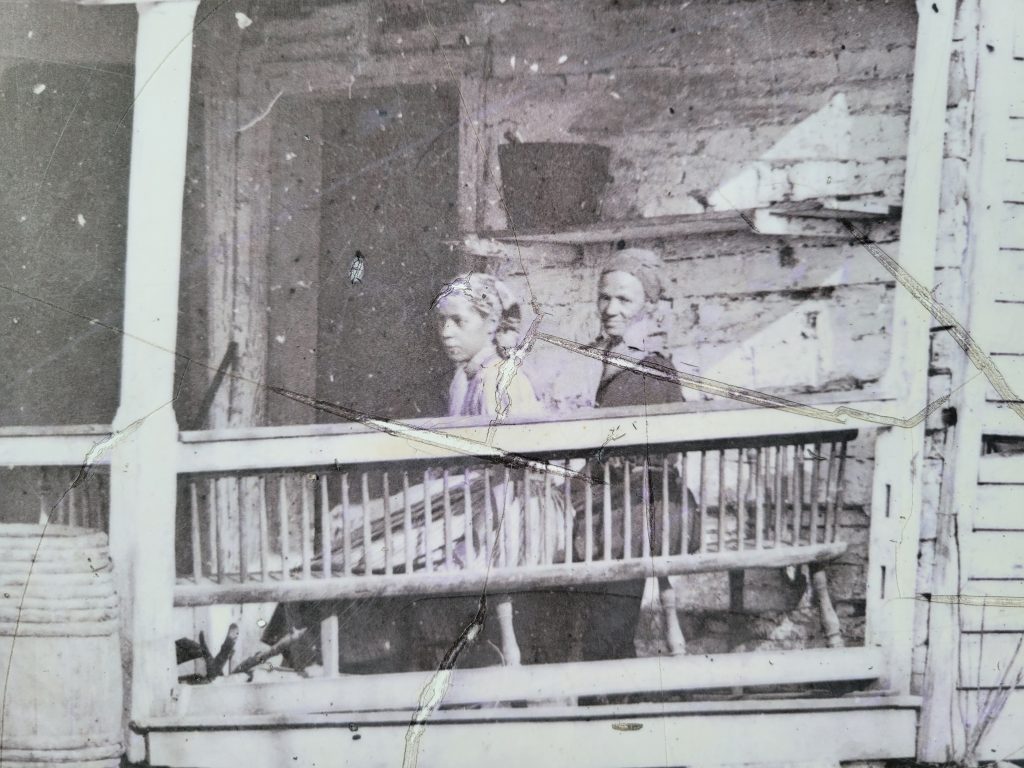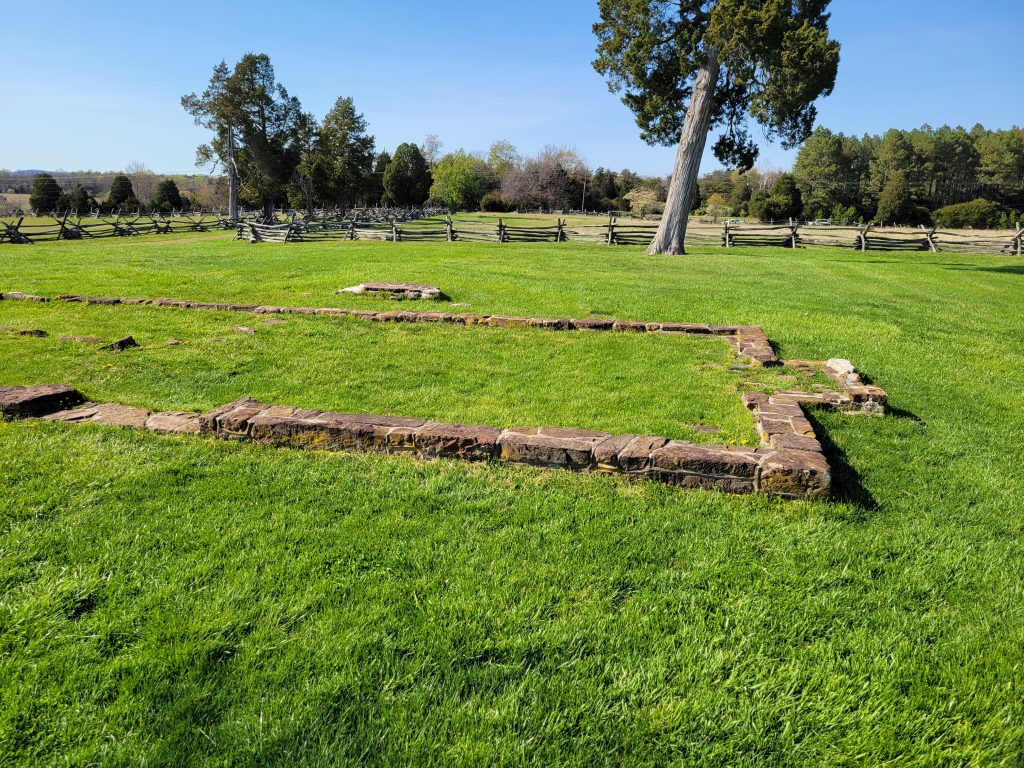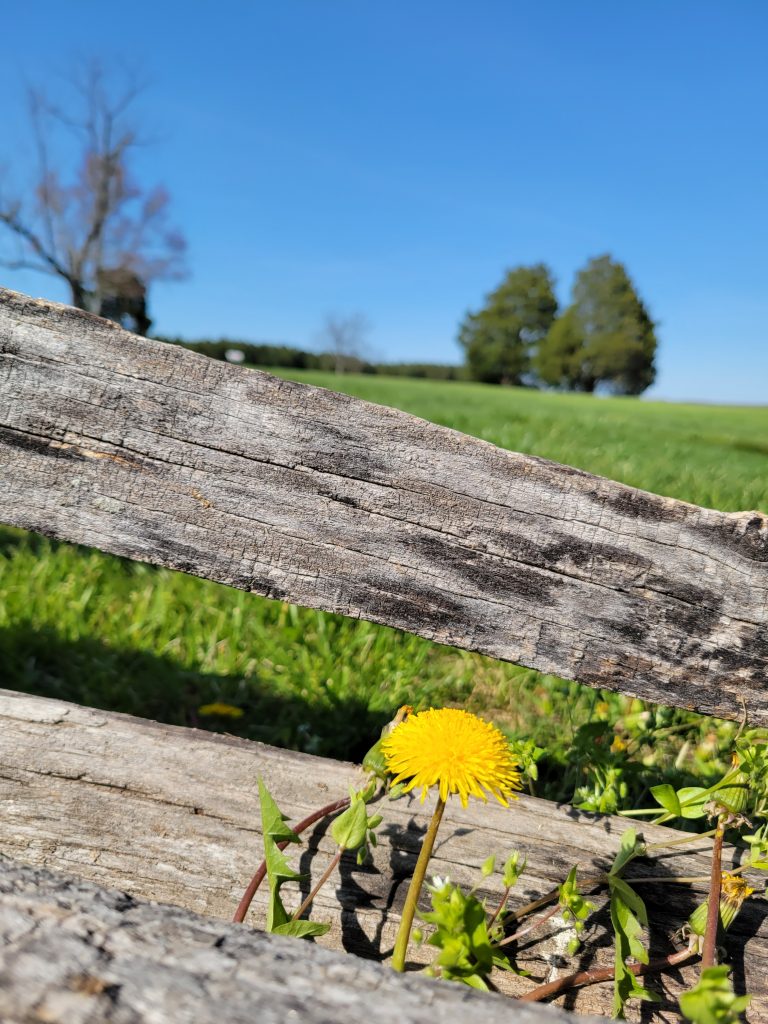ECW Weekender: The Robinson House at Manassas Battlefield
On Henry House Hill at Manassas National Battlefield, the reconstructed Henry House dominates the scene and the attention for civilian stories. However, there is another important civilian story on the ridge line and, while interpreted with signage, it would still be easy to miss this layer of history in the battle landmarks since the historic structure burned (likely by arsons) in 1993.
In 1861 and 1862, the Robinson House was the residence and property of James Robinson, one of the wealthiest free Black men in Prince William County before the first major battle of the American Civil War exploded around his home on July 21, 1861.

Born free in 1799, Robinson spent his early years working on farms or as a waiter in a tavern. He purchased 170 acres of land in 1840, built a small home, and raised a family. His marriage to Susan Gaskins was not legally recognized and because she was enslaved, their children were born into slavery according to the laws which placed free or enslaved status on the mother’s status. Tragically, two of their sons were sold to a sugar plantation in Louisiana. For other family members and children, Robinson used his influence to either “hire” his own relatives or secure safer and better places for them. In the 1860 census, nine family members of multiple generations lived at the Robinson house. James Robinson, sometimes called “Gentleman Jim” by the locals had a thriving farm, regularly purchased new land, and used his established wealth to try to protect his enslaved family.

During the First Battle of Bull Run/Manassas, a Confederate artillery line stretched toward this civilian home, weaving the stories of noncombatants into the military scene on “Stonewall” Jackson’s line. During the first battle, Robinson’s family hid at a neighbor’s farm, and James sheltered under a local bridge when he was prevented returning by the armies’ movements. In addition to the Confederate artillery line stretching toward the house, Confederate infantrymen used the farm lane to their advantage. As Wade Hampton’s soldiers fell back from the Warrenton Turnpike, Colonel Hampton selected the farm lane as a defensive position to delay the Union advance until more Southerners could be readied on Henry House Hill.

The next summer during the Second Battle of Bull Run/Manassas, Union General Franz Sigel placed his headquarters on Robinson’s property. Union surgeons took over the house as a field hospital, with one observer writing:
The Robinson House is used as a Yankee hospital. In a visit there this morning, I found 100 of them [Yankees] packed in the rooms as thick as sardines. . . . The wounds of the majority were undressed, the blood had dried upon their persons and garments, and altogether there (sic.) the most horrible set of beings it has been my lot to encounter.
Surprisingly, the house structure escaped serious damage in both fights. However, through Robinson’s appeals to the Southern Claims Commission recorded some war’s destruction to his property and professed his loyalty to the Union cause. From furniture to fences, farm animals, and several varieties of crops, Robinson stated $2,608 in damages by the Federal army. The government did pay part of his claim, but only $1,249.

James Robinson died in 1875, but his descendants owned the property until 1936 when it was sold to the National Park Service. Today, a post-war stone foundation is embedded in the ground, marking the site of that structure which burned in 1993.
Understanding more about Robinson and his family adds another layer to the history and stories embedded in the Manassas battlefield. The records of his business transactions, his efforts to keep his family together, and the damages to his home reveal important details about freed African Americans’ experiences during the antebellum and war years in Northern Virginia. The site of his home sits near the epicenter of the first battle of the Civil War, providing opportunity for further reflection about the causes of the war and battle’s impact on all civilians.
Further reading:
James “Gentleman Jim” Robinson – National Park Service article



Another wonderful post, Sarah! Robinson was at least more successful than Mr Bryan at the Gettysburg battlefield in gaining compensation. I never knew there were freemen on the Manassas field; how utterly tragic about the loss by “sale” of his two sons. Did they ever reconnect? Was he able to regularize his marital relationship after the war?
I was just there with my boys!